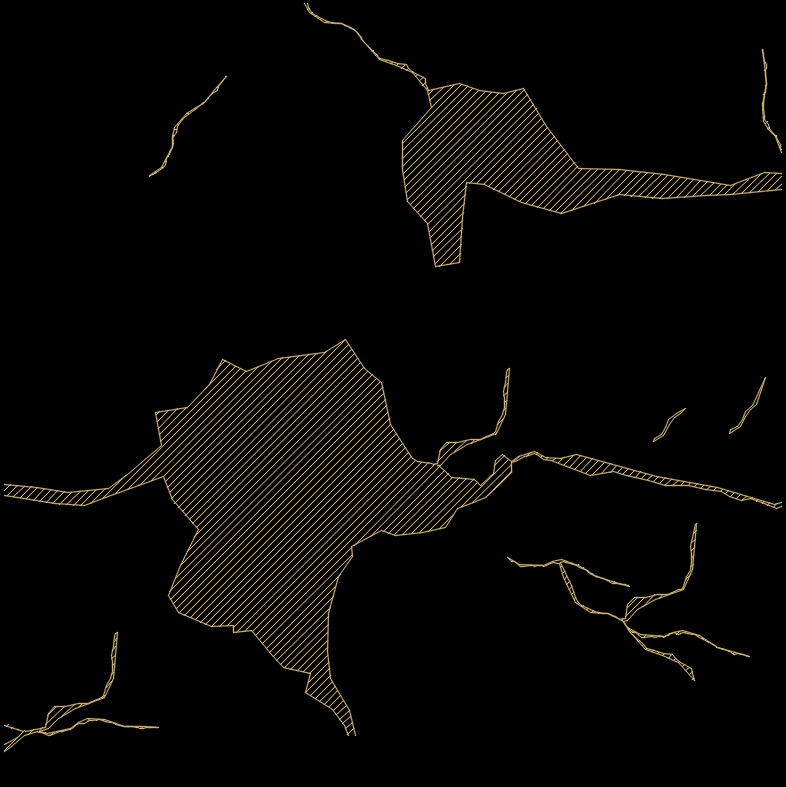Corrosion
 Corrosion, abbreviated as CRSN, is the thinning of a pipe wall that is typically caused by a chemical reaction from a corroding fluid or agent and is limited almost exclusively to metal products. Examples of non-metallic corrosion include the dissolution of ceramic materials or the discoloration and weakening of polymers by the sun's ultraviolet light.
Corrosion, abbreviated as CRSN, is the thinning of a pipe wall that is typically caused by a chemical reaction from a corroding fluid or agent and is limited almost exclusively to metal products. Examples of non-metallic corrosion include the dissolution of ceramic materials or the discoloration and weakening of polymers by the sun's ultraviolet light.
The corrosion resistance of a pipe or a metal is the ability of the material to resist the corrosive effects of its environment. Internal corrosion is caused by the reaction of the fluid in a pipe to the pipe proper. External corrosive forces would be the reaction of the pipe to the soil or air. By isolating the flow line from its corrosive environment by lining the pipe or wrapping the pipe, the corrosive effects can be mitigated.
Variables Affecting Corrosion
Pressure - The main concern with pressure and its affect on corrosion is that under lower pressures, dissolved corrosive gases can break out of the solution which may increase the corrosivity.
Temperature - Like many chemical reactions, the rate of corrosion generally increases when the temperature increases. As a rule of thumb, the reaction rate doubles for every ten degrees Centigrade increase in temperature.
Velocity - Usually velocity's contribution to erosion is that under very low flows, localized corrosion (pitting) is likely. With casing gasses in CVR systems, corrosion will likely present on the bottom of the pipe as condensate precipitates out of the casing gas as it cools. It moves slowly relative to the gas in the line. With very high velocities, the corrosion can be present in corrosion erosion.
Forms of Corrosion
Galvanic Corrosion - Caused by dissimilar metals
Pitting - Localized on metal surface
Crevice - Portion of the surface is isolated from the environment
Intergranular - Corrosion at the grain boundaries
Selective Leaching - Only one metal in an alloy is attacked
Stress Corrosion Cracking - A material degradation that occurs when a material is exposed to a corrosive environment.
Corrosion Erosion - Velocity aggravated corrosion
Corrosion Fatigue - Corrosion on cyclic loads
Cavitation - Corrosion gas bubble formation & immediate collapse
These formulas provide a general overview of the principles involved in corrosion and its measurement. It's important to note that the specifics can vary based on factors such as the type of metal, the corrosive environment, and the presence of inhibitors or protective coatings. Additionally, some formulas may be more complex and involve kinetic parameters in more detailed corrosion studies.
Oil Field Corrosion
Corrosion in the oil field is caused by carbon dioxide, hydrogen sulfide or organic acids dissolved in the produced fluids.

